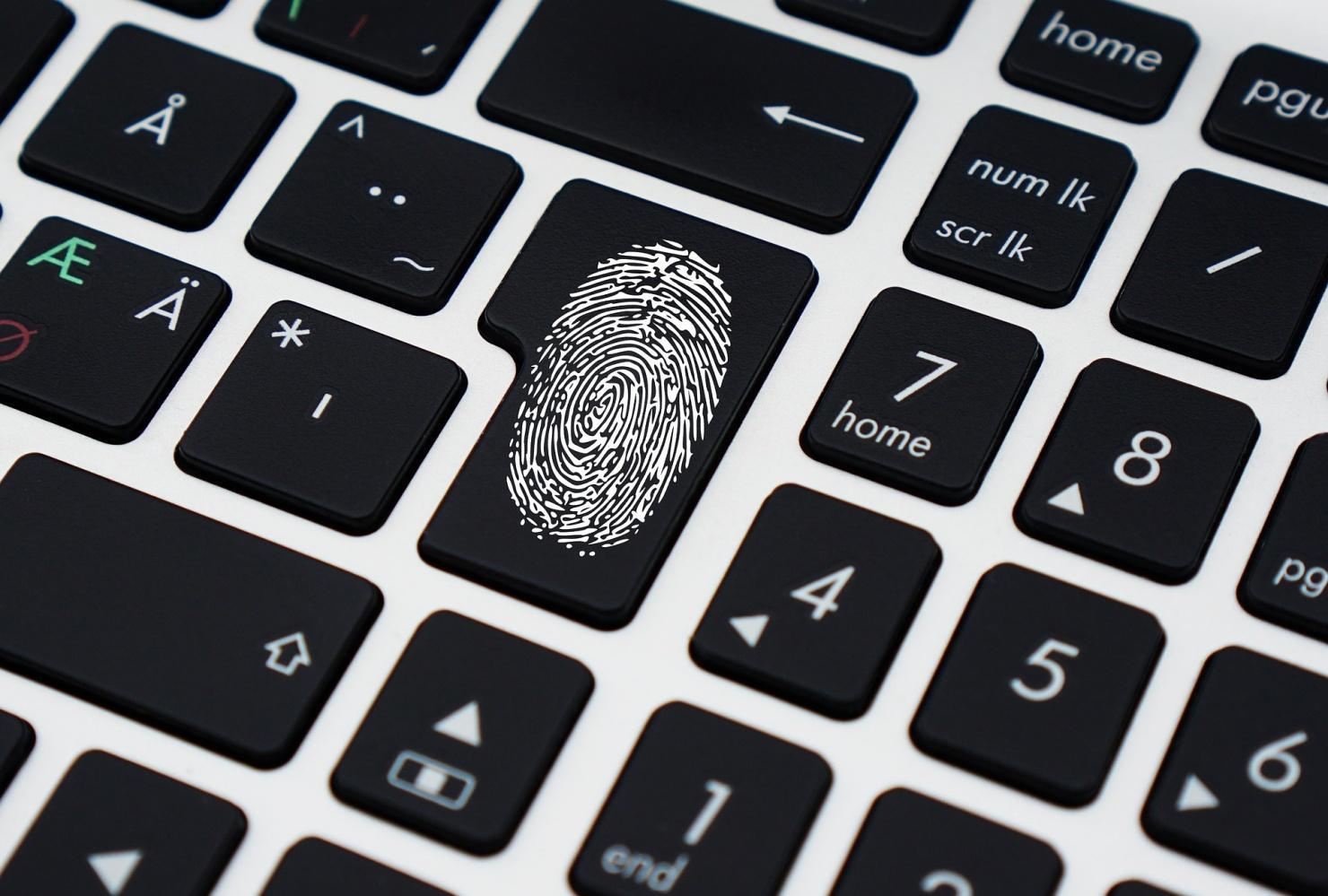Biometric technologies in fintech and banking

In our previous post, we wrote about biometrics in general, about what level of development it is now, about our platform Id-Me. The most obvious and promising industries for the application of biometric technologies are banking and fintech.
Today we describe the existing technologies, the prospects for their development and the benefits that are contained in their competent application.
The Fintech industry is currently developing at a tremendous pace, changing the financial infrastructure and even approaches to doing business before our very eyes. At the same time, there are only two key requirements for this industry: improving the efficiency of the financial system or an individual business, and security.
')
Biometric technologies ensure the fulfillment of both listed requirements and are perfectly combined with the latest achievements of fintech. The most obvious use of biometrics is the rapid and reliable identification of the client in different steps and in different scenarios of financial interactions.
The second area is ensuring security when working with personal information and financial data. This is also true for all sorts of systems of payments and transfers, banking and personal finance, lending, asset and investment management, and, finally, insurance.
The simplest biometrics is used in the fingerprint scanners of modern smartphones and tablets, with their help, you can get access to Google Pay and Apple Pay systems.
Many large Russian banks are already using biometrics in their mobile applications, both for entering the application and for confirming transactions (usually instead of confirmation via SMS).
But this is also difficult to call a decent protection - smartphone manufacturers focus on the speed of the fingerprint sensor, which is not the best way affects the recognition accuracy. The sensor usually reads only part of the print. And a recent study of scientists from Michigan, and the creation of the so-called MasterPrint (a kind of "arithmetic mean" imprint) confirm this.

The international payment system MasterCard launched the opportunity to confirm online purchases using selfies in 12 European countries. Amazon, Uber and even some US government organizations are moving in the same direction. Of course, this technology is convenient, but it is not a panacea, especially since you can change the password stolen by hackers, but with a face it will be more difficult.
There is also 3D Secure 2.0 - a new version of the protocol, which received a modified verification procedure. The payment confirmation itself is implemented using various biometric parameters - face contours, fingerprints, palm veins, and so on.
At the same time, up to 95% of total transactions are assigned to the internal risk assessment system, and only in the case of the remaining 5%, the system will request a verification code.
HSBC Corporation has announced the launch of a voice confirmation of payment , which also cannot be a 100% reliable method of identification.
Ubiquitous mobility has become one of the essential trends for FinTech, and it’s hard to imagine any new financial application without using biometrics, so either sensor manufacturers will have to catch FinTech, or start using additional identification systems other than fingerprints.
Only a multimodal approach can provide a proper level of protection while maintaining comfort and speed of use - authentication by several biometric indicators at once.
The weakest and most vulnerable modality - this is the voice - is highly dependent on ambient noise, easily intercepted by third-party technical means.

Similar problems arise when choosing video identification as the only way - the quality of lighting, the weather, minor changes in appearance greatly complicate the process and affect the result.
The situation is much better with the identification by the pattern of the veins of the palm, the three-dimensional model of the face, the photo taken in the IR range, or the iris, especially when they are superposed in order to control compromise and risk management. The Id-Me platform, for example, allows you to select authentication by different indicators.

In the Russian Federation, the use of biometrics was particularly actively discussed after the FINOPOLIS forum (October 2016, Kazan) - the largest market participants (the Bank of Russia, RosFinMonitoring and the Ministry of Communications and Mass Media) announced the launch of a pilot project immediately in a number of Russian banks.
A definite plus for the banks themselves is an additional expansion to the regions, because with an adequate system of identification and authorization, the client will be able to fully use the services of a bank from any city or even a country.
If, after testing in several banks, the project is recognized as successful, the Ministry of Communications will be able to create the NBP (national biometric platform), and the Central Bank will significantly expand the range of financial services provided using the client’s methods of biometric verification in remote service channels.
Here, as nowhere else, it is important to ensure data security and authentication reliability at all stages of interaction. It is not difficult to do this, as we mentioned above, it is only necessary to select “strong” modalities and provide multimodal verification.
Let's consider in which areas RecFaces technology can speed up, optimize and secure the use of financial services.
During the process of credit or insurance scoring, Id-Me can provide reliable and fast customer verification, and a stop list can also be reconciled in identification mode. When scanning a passport, a biometric verification rule for a face image will help to verify the authenticity of the document, exclude outwardly similar people and the use of someone else's document. For any remote financial transactions, multimodal biometric verification will be the key to a convenient and secure transaction.
Below is a diagram of the Id-Me multimodal platform:

Identification process:
With the help of external equipment installed on various client applications, a biometric sample (BO) of a specific person is created. Various equipment can be used (retina scanner, fingerprint scanner, camera, microphone, etc.), including to create a multimodal client profile.
The client user interface (UI) and client services communicate with the web server and send the BO through it to the Id-Me platform.
BO is placed in an isolated storage module using depersonification mechanisms.
When a request is received by the Biometric Sample Processing Module, the following steps are performed:
- Receiving BO from storage;
- Check on the quality of BO (photo quality, distance, illumination, blurriness, angles of rotation of the head, integral quality indices, the level of extraneous noise, etc.);
- In the case of poor quality, the process is interrupted with the appropriate message;
- In the case of satisfactory quality, the BO is converted into a biometric template (BS);
- BS is placed in the storage module using the depersonification mechanisms.
The anti-compromise control module launches the BS and BS checker pipeline for fraud, substitution, inconsistencies, replacement of persons, etc. The pipeline may include mechanisms that operate on various grounds (analysis of context, human behavior, optical distortion, etc.).
The recognition and search module receives a request to search for a BS in the reference database of people’s profiles:
- The recognition and search module enters the BS / BS of the current operation.
- Implemented biometric verification function.
- The similarity measure is returned and the value is authenticated / not authenticated as a result.
The user identification result is loaded into the client UI or hardware actuators.
It is important to note that this whole multi-stage process ensures high reliability of the result, and takes only 1.5-2 seconds.
What practical benefits does an organization receive when using the Id-Me multimodal platform?
- Convenient and secure biometric authentication of customers in remote service channels;
- Biometric customer verification mechanisms in the lending process;
- Convenient and secure biometric authentication of personnel, control and confirmation of certain types of operations and employee presence;
- Effective modern biometric means of dealing with internal and external fraud;
- Ways to manage the prioritization of customer service;
- The required combination of biometric modalities to successfully solve business problems.
RecFaces cooperate productively with financial organizations, in the near future we will be able to write here about successful cases in the banking sector and fintech. Nevertheless, biometrics is not limited to financial security, it can be applied to transport infrastructure facilities just as successfully and efficiently, and we have the following material about it.
Source: https://habr.com/ru/post/328674/
All Articles